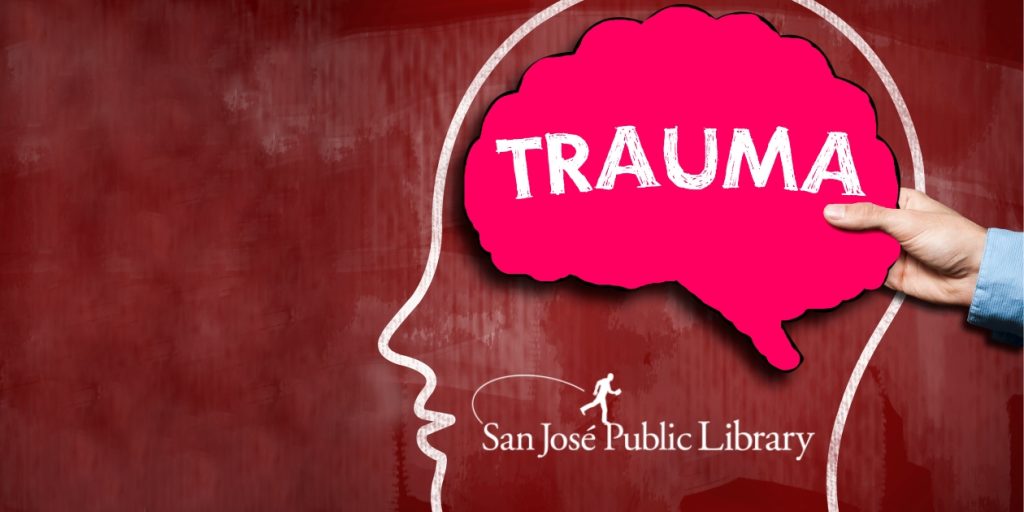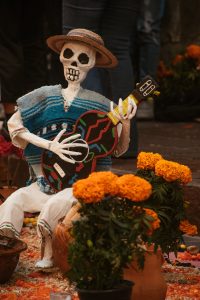
This blog was written by SJPL Staff Member, Claudia Hernandez.
I want to share some of my traumatic experiences as a child and how I positively became resilient and turned my stressors into reminiscing about my childhood memories.
As a young immigrant from Mexico, I experienced separation at an early age by leaving the country where I was born; I left behind close family members, friends, and some tangible childhood belongings that were meaningful to me. Due to this experience at a young age, I ended up growing up very fast when I came to this country, having to learn a new language, making new friends, and not having a clear explanation as to why all these changes happened to me in my young life. Sadly, this seems to be a similar experience for many immigrants and most build resilience as a result of these intense growing pains. Over the years I learned to cope with my trauma by holding on to fond childhood memories such as how my grandmother introduced me to the celebration of Día de Los Muertos.
I remember as a young child going to "el mercado" (the market) where my grandmother bought not just food but many other goods. Some of the items that were sold during the month of November had to do with the cultural tradition of Día de Los Muertos festivities. There were some decorated sugar skulls, marigold flowers, pan de muerto (Day of the Dead bread), decorative candles, and other handmade decorations and treats that could adorn anyone’s home. I remember my grandmother and aunt preparing a multi-tiered altar that was taller than I was. The altar had pictures of loved ones that passed away, lit candles, marigold flowers all around the altar, and items that belonged to our loved ones. One of the people honored on the altar was my grandfather. He served as a soldier in the Mexican war and would travel to the U.S. to work as a ‘bracero’ temporarily. We celebrate his life by placing on the altar what he liked during his vivacious life. He liked pan dulce (Mexican sweet bread) and we had some of his soldier gear. My aunt also celebrated her daughter who left us at a young age but who lived long enough to have children. She was celebrated on the altar with her favorite hair barrette and playing cards. During November we would visit the cemetery. I can almost smell the marigold flowers and the incense that would infuse the cemetery where our loved ones were buried. There were also mariachi bands playing music and children running and dancing. These are warm memories of my childhood that I held on to and that helped me to be resilient during the early time of my life.
Some individuals define resilience as overcoming stress or adversity in their lifetime. There is also a broader definition of resilience that it’s an individual’s capacity to withstand traumatic experiences that threatens stability and development. Everyone is unique in how they experience trauma, individual loss, and build resilience. As children we begin to experience stressors, but everyone reacts differently to them. There has been more recent education about how children experience stress, particularly toxic stress, and how it can affect us developmentally. Children can develop a variety of psychological and physical problems when others don’t show any symptoms of suffering or being emotionally damaged by their traumatic experiences. But with finding our own individual strengths and interests one can positively promote resilience in our lives.
Learn More About Dia de los Muertos
Learn More About Resilience
TIROC Blog Series
This blog is part of a series that will focus on being trauma-informed and resilience-oriented as part of the Library's efforts to embrace the TIROC principles in our interactions with you and with ourselves.



Add a comment to: TIROC: Building Resilience